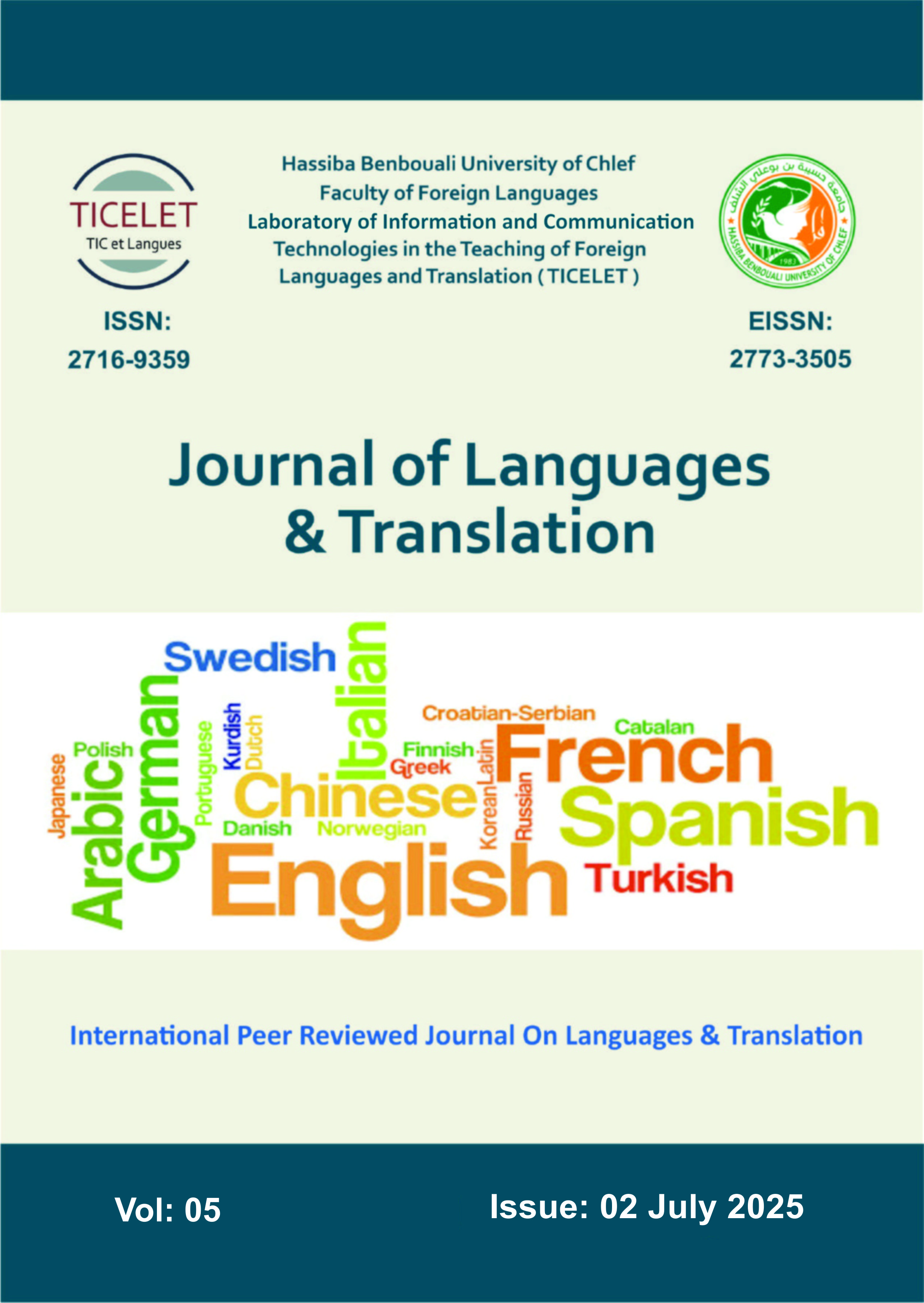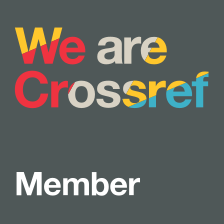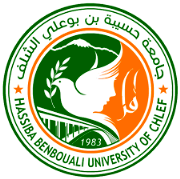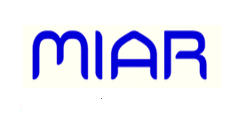Teaching Translation in the Light of Artificial Intelligence: Challenges and Prospects A Case Study of First-Year Translation Students at the University of Saida
DOI:
https://doi.org/10.70204/jlt.v5i2.771Keywords:
Artificial intelligence, Teaching Translation, Translation AppsAbstract
This research addresses the topic of artificial intelligence (AI) in translation, a highly relevant and timely subject given the widespread use of applications such as ChatGPT, DeepL Translator, Google Translate, and others. These tools have gained significant popularity in recent years due to the speed and relative accuracy they offer, leading many users from various fields to rely on them in order to save time and effort. Accordingly, the aim of this study is to explore how to balance effectively the use of AI-based translation tools with the need for human expertise, particularly in the context of training translation students who are preparing for a profession that requires advanced analytical and critical skills. To this end, an experimental approach was adopted, in which a selection of short texts was presented to first-year translation students at the University of Moulay Tahar in Saïda. These texts were first translated using AI tools, then retranslated by the students (human translation).This procedure allowed for a comparison between the two types of translation in terms of accuracy, contextual appropriateness, and stylistic quality. It also enabled the identification of key challenges faced by students, such as limited ability to revise and refine AI-generated translations, or a lack of linguistic and cultural awareness. The study concludes that artificial intelligence should be critically integrated into academic training as a supporting tool rather than a substitute for the human translator.














